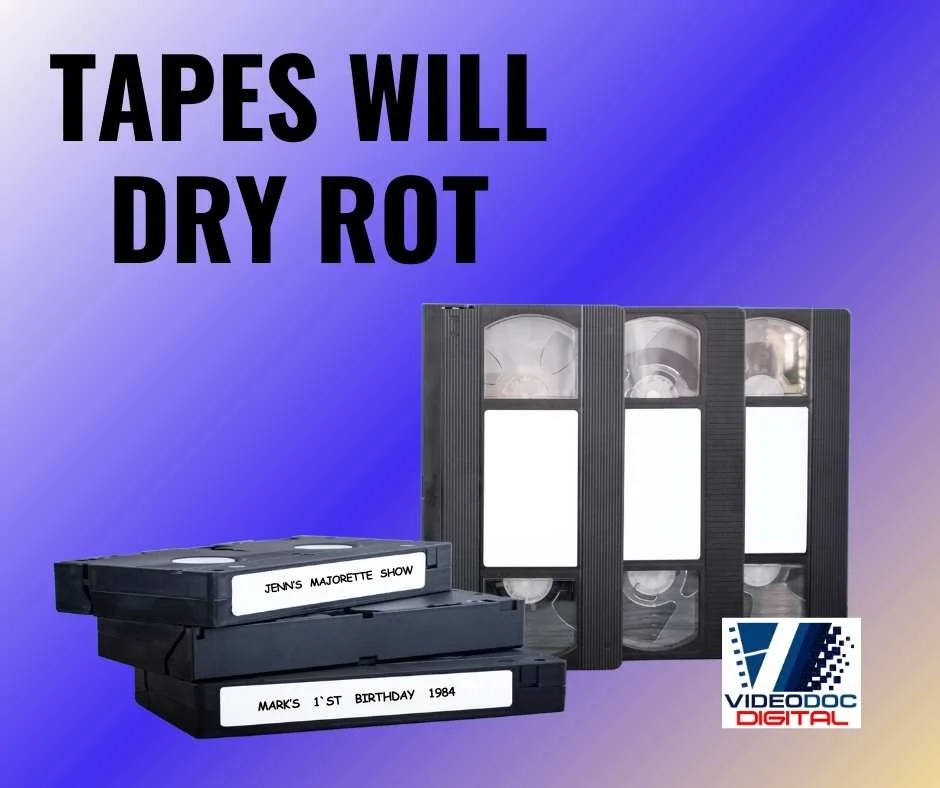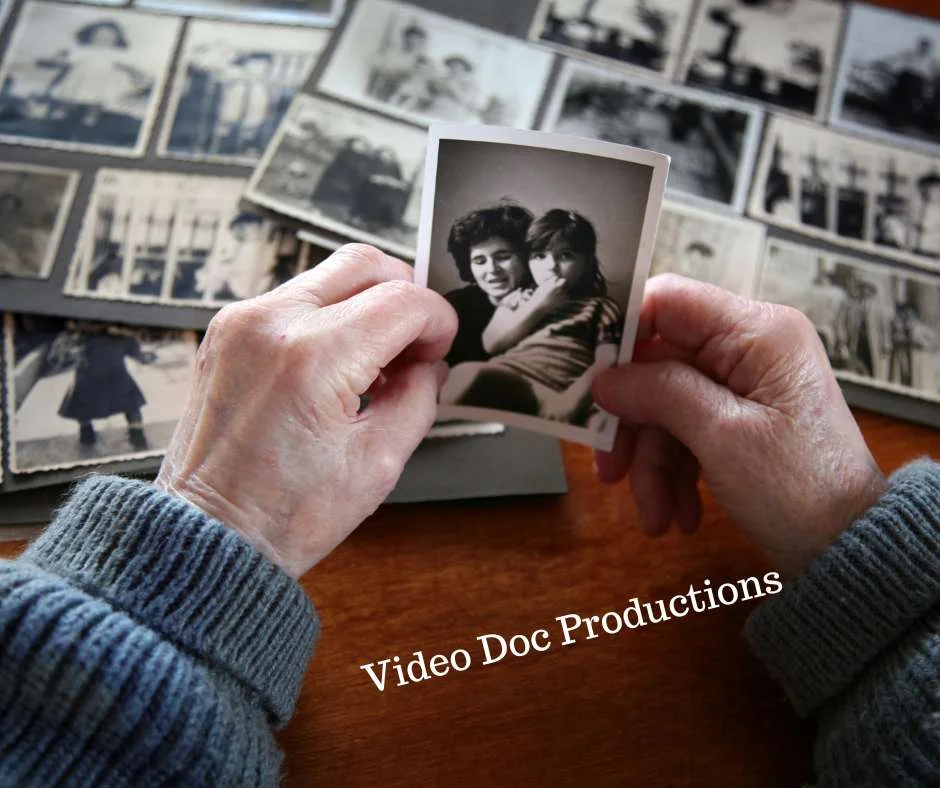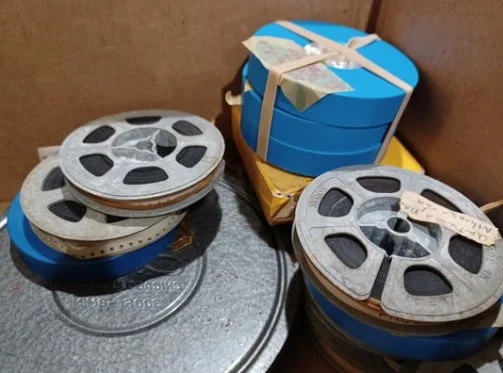Tablo Dual Lite DVR review: The all-around champ is cheaper than ever
This is the best over-the-air DVR for folks who aren't tech-savvy.

If you're trying to record and watch free broadcast TV channels on all your streaming devices, you have two paths to choose from: Power-users might want to cobble together their own solution using disparate tuners, recording devices, and media server software. But for almost everyone else, there's Tablo.
Tablo is a DVR box that streams over-the-air TV to other devices both inside and outside the house. You set it up wherever antenna reception is best--perhaps near a window or in the attic--then connect it to your Wi-Fi network to stream the video onto TVs, phones, tablets, and PCs.
The latest Tablo Dual Lite DVR, from Ottawa-based Nuvyyo, is the best version yet. It's similar to the Tablo Dual that launched last year, but with a few differences: The Lite version has no internal storage, it offers superior 802.11ac Wi-Fi connectivity, and it's much cheaper at $140, versus $220 for the Tablo Dual. (With portable hard drives costing less than $70 these days, the Dual Lite lets you have more storage than the 64GB Dual for less money.) Although Tablo's video and audio quality remains inferior to some roll-your-own solutions, its low price and ease of use makes it the best over-the-air DVR for most people.
Plug (and plug) and play
Here's how you set up a Tablo DVR: Plug in a hard drive and antenna, connect it to a power outlet, optionally hook it up to your router with an ethernet cable, and then follow the guided setup through Tablo's mobile apps or website. After a few minutes of scanning for channels and downloading guide data, you're ready to watch and record over-the-air channels. As its name suggests, the Dual Lite has two tuners, so you can watch or record up to two channels at once.
The setup is refreshingly simple compared to other whole-home DVR solutions such as Plex and Emby. You don't have to rig up a separate media server device, choose between various tuner brands, or follow multiple installation procedures from different companies. That means there are fewer potential points of failure along the way.
Still, Tablo does not plug directly into your television. Instead, it streams video over Wi-Fi to the Tablo app on other devices. This app is available on Roku, Amazon Fire TV, Google Chromecast, Apple TV, Android TV devices, Xbox One consoles, LG and Samsung smart TVs, iOS, Android, and the web. There's also an add-on for the popular Kodi media center software. The benefit to this approach is that you can have all your streaming apps and over-the-air TV on a single input, though the setup is a bit more complicated compared to a DVR with direct TV output, such as Tablo doesn't require a subscription for DVR service, but it becomes a lot more useful with one. The service fee ($5 per month, $50 per year, or $150 for life) covers 14 days of TV guide data with cover art, series-based recordings, various ways to filter the guide, and out-of-home streaming. The free service only supports manual time-based recordings and offers one day of guide data.
All told, you'll spend about $400 for the Tablo DVR, a hard drive, lifetime service, and a streaming TV device to watch on. That's cheaper than any roll-your-own solution, and comparable to TiVo's Roamio OTA DVR, which only works with a single television.
One more note: If you'd rather not buy an external hard drive, the Tablo Dual Lite will offer a cloud-based DVR service with up to 40GB of storage. Tablo hasn't said how much this service will eventually cost, and it's currently just a beta feature, so we're not considering it as part of this review. This feature, however, did initially interfere with recordings on my hard drive, rendering them unplayable. Tablo had to fix the problem with a firmware update.
Same Tablo experience
On the software side, the Tablo Dual is identical to Nuvyyo's other networked DVRs. There's a grid-based channel guide for live TV, plus menus for browsing by genre, channel, or program type. A scheduling menu lets you view all upcoming recordings, and if you've created a conflict, Tablo will show an alert and provide a conflict resolution menu.
For recordings, Tablo has added some more options since we reviewed the Tablo Dual last year. You can now keep a limited number of recent episodes and automatically remove older ones, restrict recordings to a single channel, and add start and stop buffer times (up to 10 minutes before the scheduled start time, and up to three hours after the end time). As before, Tablo can also automatically delete recordings when storage space fills up, and you can flag specific shows to protect them from deletion. The only other recording option Tablo lacks is HD-only recording.
On the playback side, Tablo is still missing some fancier features that have shown up on other DVR solutions. There's no background video playback, so you must stop watching TV any time you want to flip through the program guide. And while Plex, Channels DVR, and TiVo all offer some form of ad skipping, with Tablo you still have to scrub through each commercial break manually.
You might also notice some inconsistencies in the experience depending on your choice of streaming device. On Roku, for instance, there's no search option, and you can't use Roku players to stream outside the house. On Apple TV, the only way to find upcoming programs is through the grid guide, so you'll probably want a phone or computer to set up your recordings.
What power users will miss
A few months ago, Tablo fixed one of its biggest sticking points by cutting down load times for live TV channels. I've yet to wait more than 10 seconds to load a live channel, and it's usually closer to six seconds across all the devices I tested. That's down from 15 seconds or more in my previous experiences with Tablo devices.
Still, some performance setbacks remain, and they might be enough to drive power users away. As with Tablo's other networked tuners, the Dual Live can only play interlaced channels at 30 frames per second. If a station broadcasts at 480i or 1080i, playback won't look as smooth compared to direct antenna input. Tablo is capable of 60-frames-per-second video on 720p channels, though you'll need to visit the settings menu and select the highest playback quality setting to enable this.
Speaking of which, video streams are capped at 10Mbps, so you'll never get the full quality that broadcast TV offers, and Tablo doesn't support 5.1-channel surround sound either. This is mainly because Tablo converts all video to a format called HTTP Live Streaming, rather than supplying native MPEG-2 video to devices that support the format. To achieve full broadcast quality, you'll either need to roll your own DVR (using Plex, Channels, HDHomeRun, Emby, or Tablo's Engine software), buy a TiVo, or look to other solutions that pass antenna input directly to your television (such as Tablo's Engine software for the Nvidia Shield TV streaming box).
As with other Tablo devices, the the Dual Lite also won't let you combine multiple units into a single DVR. Tablo does offer a quad-tuner model for watching and recording up to four channels at once, but if you want to expand beyond that, you must manage each Tablo DVR separately, each with its own schedule and recording list.
Tablo is wagering that most people won't care about those things--at least not enough to jump through the hoops that its competitors require. I'm inclined to agree. For most people who want to record over-the-air channels and watch them on lots of different devices, the Tablo Dual Lite is the simplest solution at a low price.























